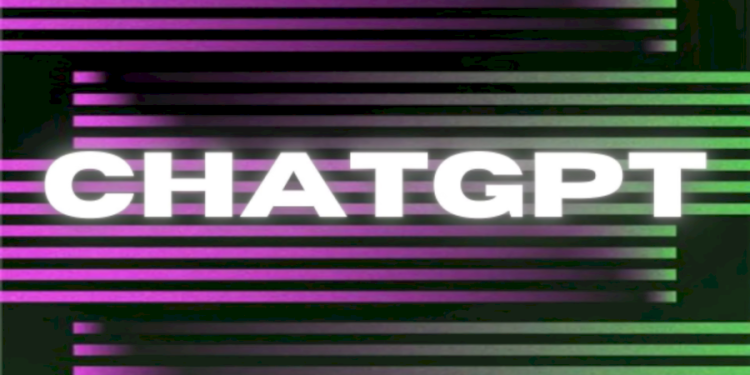Building and using chatbots, which are computer programs that can converse in normal language with humans or other bots, is made possible by AI chatbot platforms. The largest and most complex language model produced by OpenAI, GPT-3, powers ChatGPT, one of the most popular systems for AI chatbots. Despite its ability to generate convincing and coherent responses to any input, ChatGPT has several shortcomings, such as a lack of context, control, and personalization. As a result, given that they offer greater capability, adaptability, and reliability than ChatGPT, other AI chatbot systems may be preferred by some users over it. The following list includes 7 alternatives to Chatgpt which are free AI chatbot platforms.
- Amazon Lexi: Using Amazon Lex, a cloud-based platform, developers may create voice- and text-based chatbots. Amazon’s AI and NLP are used by Amazon Lex to recognize user input and provide responses. Amazon Lex also provides interfaces with a range of platforms and services, channels, fulfillment, slots, prompts, and confirmations. Amazon Lex is touted as being more conversational, scalable, and cost-effective than ChatGPT.
- Dialogflow: Developers can construct conversational speech and text chatbots using Dialogflow, a cloud-based platform. Using Google’s machine learning and natural language processing (NLP), Dialogflow examines user input and generates responses. The capabilities of Dialogflow include multi-language, multi-platform, and multi-device support in addition to rich UI components and analytics. Dialogflow claims to be more capable, dependable, and approachable than ChatGPT.
- Microsoft Bot Framework:
Using a cloud-based architecture called Microsoft Bot architecture, programmers may build perceptive, conversational chatbots. Microsoft Bot Framework uses AI and NLP from Microsoft to comprehend user input and provide responses. Microsoft Bot Framework offers these functionalities in addition to adaptive dialogues, language generation, skills, channels, and interactions with other platforms and services. Microsoft Bot Framework is said to be more thorough, dependable, and flexible than ChatGPT. - Botpress: With the open-source Botpress platform, developers may build chatbots that are suitable for businesses. NLU and NLG are used by Botpress to process user input and generate answers. Other capabilities provided by Botpress include conversational flows, modular architecture, plugins, extensions, and interactions with a range of platforms and services. Botpress claims to be faster, extensible, and more modular than ChatGPT.
- Rasa: Using the open-source Rasa framework, programmers may build distinctive, conversational AI chatbots. Using natural language generation (NLG) and natural language understanding (NLU), Rasa comprehends user input and generates responses. Additionally, Rasa provides context awareness, discourse management, and interactions across various platforms and channels. ChatGPT, according to Rasa, is less scalable, flexible, and secure than Rasa.
- ai: To help programmers create text- and voice-based chatbots, Wit.ai is an open-source platform. Wit.ai employs NLP to generate responses by extracting meaning and intent from user inputs. Entity extraction, interactive dialogues, platform and service interfaces, and more are also provided by Wit.ai. Wit.ai is touted to be faster, more accurate, and simpler than ChatGPT.
- IBM’s Watson Assistant
Developers can build sophisticated and specialized chatbots using a cloud-based platform called IBM Watson Assistant. IBM Watson Assistant uses natural language processing (NLP) and artificial intelligence (AI) to understand user input and deliver results. IBM Watson Assistant also supports context, memory, logic, skills, and integrations with a range of channels and platforms. According to ChatGPT, IBM Watson Assistant is more capable, flexible, and scalable.









